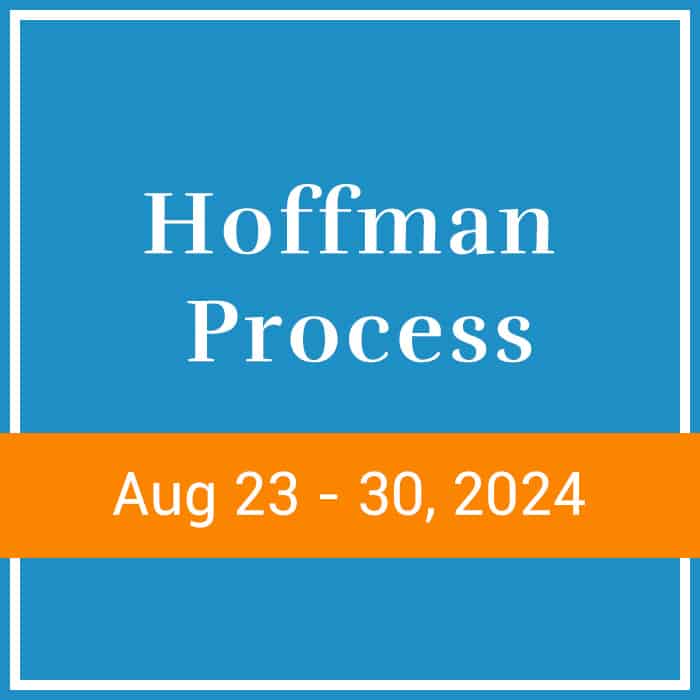Equanimity describes a state of mental and emotional stability in which one’s composure is undisturbed be external influences. In Buddhist practice, it is one of the highest states of being. Not to be confused with aloofness or indifference, equanimity does not mean denying one’s emotions, but rather witnessing them without becoming attached. Dr. Rick Hanson, author of Buddha’s Brain: The Practical Neuroscience of Happiness, says the non-reactivity of equanimity can create an ‘inner freedom.’ It’s not that we don’t value positive emotions like joy and excitement, Hanson says. We just don’t cling to these emotions.
When it comes to things that we desire, including tangible possessions and achievements, Dr. Chönyi Taylor explains that equanimity means having an even-minded approach to both having and not having what we want. When we desire something, she says to remind ourselves: “I don’t have to go overboard if I’ve got it; I don’t have to go overboard if I don’t get it.” Calmness and inner peace do not have to depend on any outcomes. It already exists within each of us.
It doesn’t have to take years of deep meditation to achieve a state of equanimity. Meditation is an important factor, but there are various other practices to consider. Try the five below to start cultivating more equanimity in your life.
Meditate
Vipassana meditation is considered one of the most effective practices in cultivating equanimity. It is the practice of continued close attention to sensation, usually achieved by sitting silently and scanning the body’s sensations, or the rising and falling breath. Follow these simple steps to begin your meditation:
- Settle into a comfortable seated position with upright posture
- Close your eyes and focus your attention on your abdomen as you breathe normally
- Notice your abdomen rise and fall
- If you feel your breath more prominently in your nostrils or your chest, then rest your attention there, following the breath as it enters your body and releases
- It may help to label the sensation of the breath entering and releasing to focus your attention, thinking to yourself, ‘Breathing in, breathing out,’ or simply, ‘In, out’
- When your mind inevitably wanders to another bodily sensation, let yourself focus your attention there, before gently returning to your breath
- When your seated meditation is complete, try your best to carry this gentle focus and awareness throughout your day, resting your attention on various activities and experiences as they occur
While vipassana meditation can be practiced alone, one 2014 study found that silent vipassana meditation retreats were also highly effective opportunities for participants to cultivate equanimity as a shared emotional state. Participants in such retreats go through a gradual process of learning how to be with other people while not directly attending to them. This form of social non-engagement allows for the emergence of silent social attunement.
Feel Your Feelings
According to Harvard brain scientist Dr. Jill Bolte Taylor, it only takes 90 seconds to identify an emotion and watch it dissipate. But to witness our emotions, we must not be afraid of feeling them. When an emotion arises, even a difficult one, resist the urge to distract yourself. In addition to feeling the emotion, name it (e.g. sadness, anger, jealousy, etc.). While we may fear the emotion will linger too long, our willingness to sit with it actually does the opposite. Only when we give the emotion our full attention can we move on and move back into an equanimous state.
Forest Bathe
Like vipassana meditation, forest bathing is a mindfulness practice that allows us to become more aware. Take some time out from your day and your device to immerse yourself in a natural environment. Your only goal in this environment is to observe the sensations that arise around and within you without becoming attached. While you walk or sit in this forest or other natural place, take note of what you see, hear, smell, or even taste. This focused attention will help you become more rooted in the present moment, cultivating equanimity with every sensory detail.
Dance, Stretch or Exercise
Physical activities can also help you achieve equanimity when you focus your attention on each precise movement. Whether you’re dancing, practicing yoga, or lifting weights, try to be aware of bodily sensations and how your breath moves through your body as you move. Even challenging moments when you fall, slip, or otherwise “mess up” can be an opportunity for equanimity. How quickly can you return to a centered state? How can you allow the next try to feel like a fresh start?
Embrace Impermanence
When we cling to successes or failures, we do so with the impossible notion that “this will last forever.” Either we hope the success lasts or we hope the failure doesn’t. But nothing lasts forever. Impermanence is a way of life. Equanimity is the state of being okay with that sense of impermanence. Once we start to embrace the ebb and flow of life, we can finally accept whatever comes our way from a place of open-heartedness and peace.
There is some concern from the Western mind that using vipassana or other meditation techniques is similar to disconnecting from feelings (i.e. being too “zoomed out.”) Equanimity needs to be practised while fully immersed in our feelings and emotions. We must be willing to embrace our emotional content while holding our center, so that we can respond to triggers mindfully. Therein lies our personal freedom.
The Hoffman Process facilitates the emotional healing that is required to be able to manage this state of consciousness. During the Process, participants have many opportunities to cultivate equanimity through mindfulness meditation, journaling, expressive work, and group work. We also help people to identify what they can change in their lives from this position of inner calmness and peace. By zooming out just enough from harmful patterns and past traumas while holding their center, participants have greater ability to escape the reactiveness of their emotional child to address their lives with mature wisdom and strength.
This article was contributed by Erica Garza. Follow @ericadgarza on Instagram










